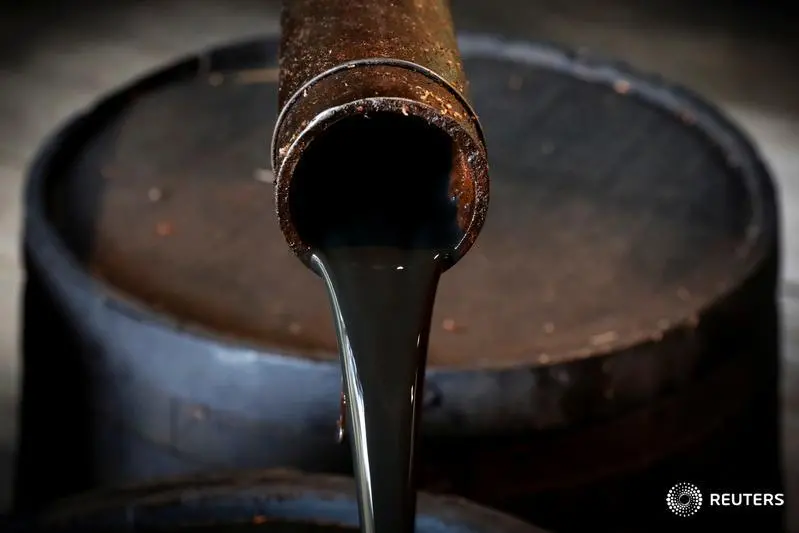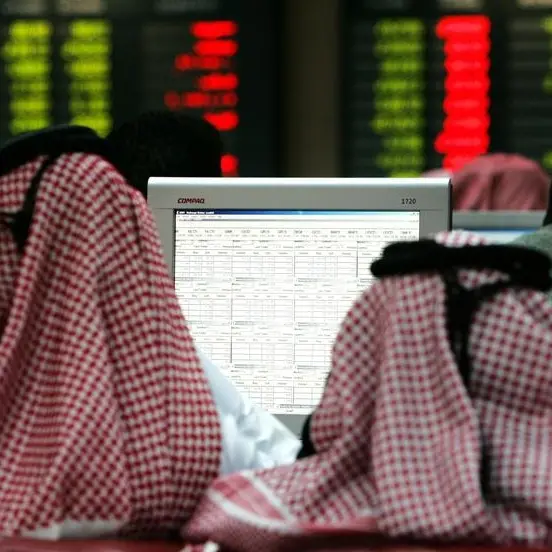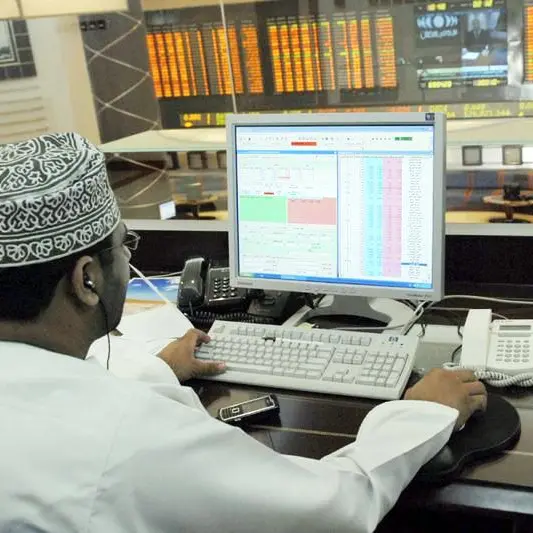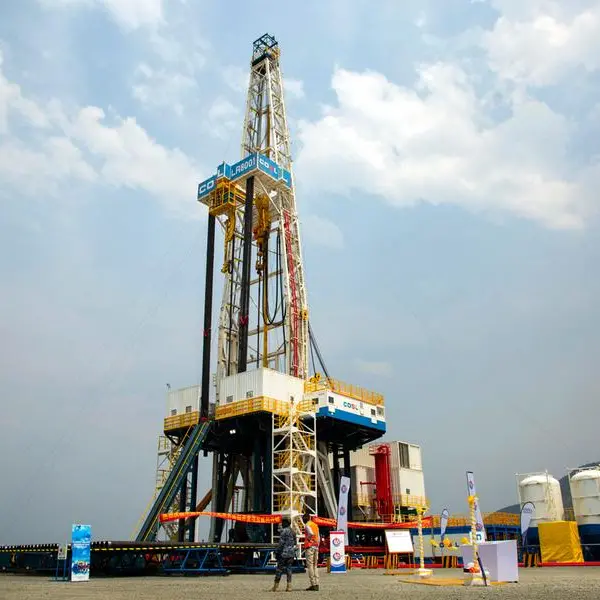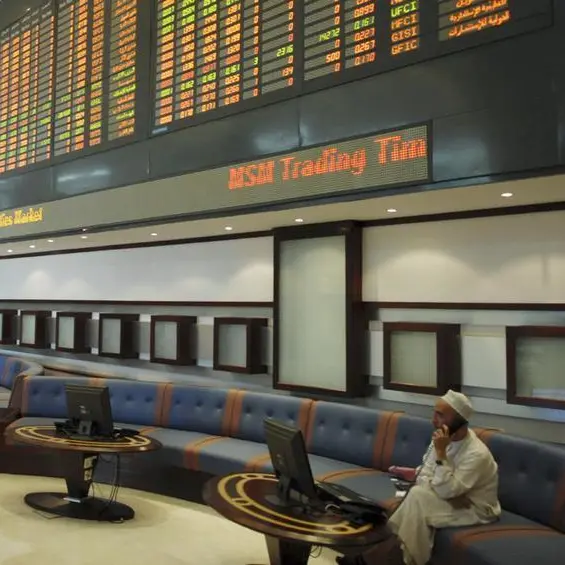PHOTO
LONDON- Oil prices hit $80 a barrel on Thursday for the first time since November 2014 on concerns that Iranian exports could fall because of renewed U.S. sanctions, reducing supply in an already tightening market.
Brent crude future reached an intraday high of $80.18 a barrel before receding to $79.67 at 1326 GMT.
U.S. West Texas Intermediate (WTI) crude futures were up 41 cents at $71.90 after also hitting their highest since November 2014, at $72.30 a barrel.
U.S. President Donald Trump's decision this month to withdraw from an international nuclear deal with Iran and revive sanctions that could limit crude exports from OPEC's third-largest producer has boosted oil prices.
France's Total TOTF.PA on Wednesday warned that it might abandon a multibillion-dollar gas project in Iran if it could not secure a waiver from U.S. sanctions, casting further doubt on European-led efforts to salvage the nuclear deal.
VENEZUELA DROP
A rapid decline in Venezuela's crude production has further roiled markets in recent months.
"The geopolitical noise and escalation fears are here to stay," said Norbert Rücker, head of macro and commodity research at Swiss bank Julius Baer. "Supply concerns are top of mind after the United States left the Iran nuclear deal."
Global inventories of crude oil and refined products dropped sharply in recent months owing to robust demand and OPEC-led production cuts.
Oil stocks were expected to drop further as the peak summer driving season nears, offsetting increases in U.S. shale output, Bernstein analysts said.
Several banks have in recent days raised their oil price forecasts, citing tighter supplies and strong demand.
Further supporting prices, Shell on Thursday said it was halting crude exports from a major Nigerian pipeline.
EVERYTHING BULLISH
On the flip-side, however, high oil prices could hit consumption, the International Energy Agency warned on Wednesday as it lowered its global oil demand growth forecast for 2018 to 1.4 million barrels per day (bpd) from 1.5 million bpd.
The IEA said global oil demand would average 99.2 million bpd in 2018, although U.S. bank Goldman Sachs said consumption would cross 100 million bpd "this summer".
Leading production increases is the United States, where crude output has soared by 27 percent in the last two years to a record 10.72 million bpd, putting it within reach of top producer Russia's 11 million bpd.
(Additional reporting by Henning Gloystein in Singapore; Editing by Dale Hudson and David Goodman) ((Ron Bousso email: ron.bousso@thomsonreuters.com Twitter: https://twitter.com/ronbousso1 Tel.: +44 (0)207 542 2161 Reuters Messaging: ron.bousso.reuters.com@reuters.net))
